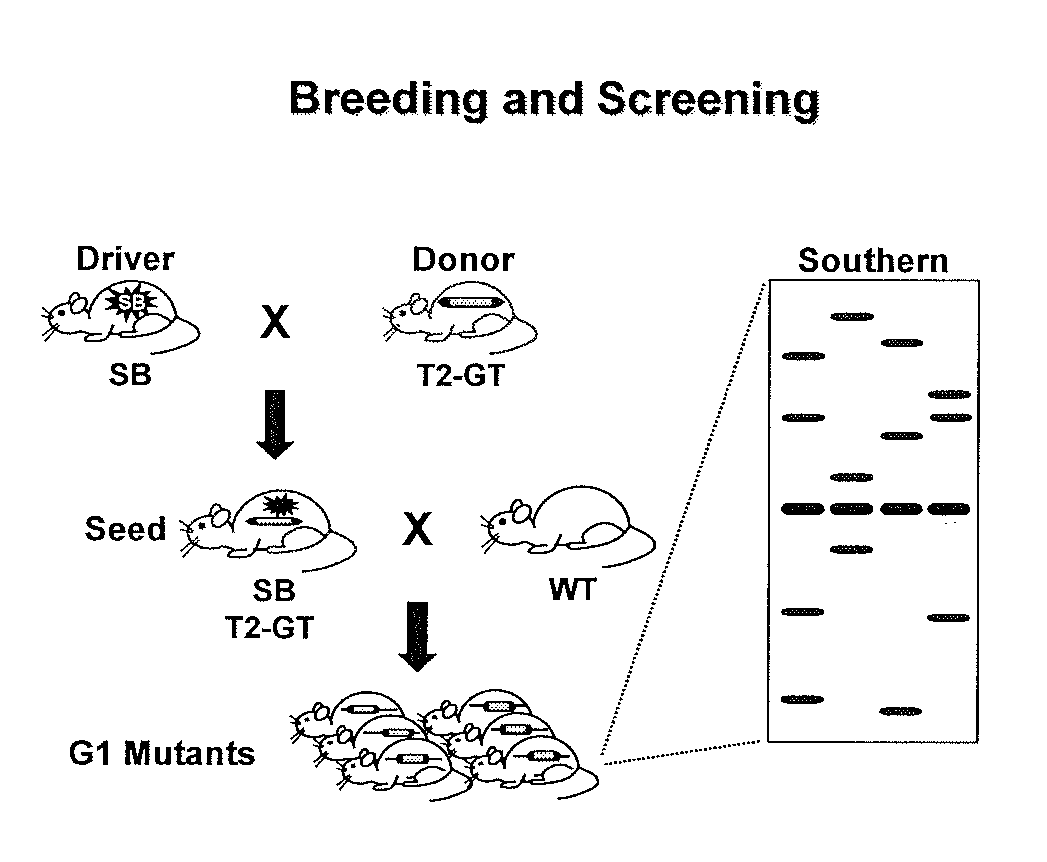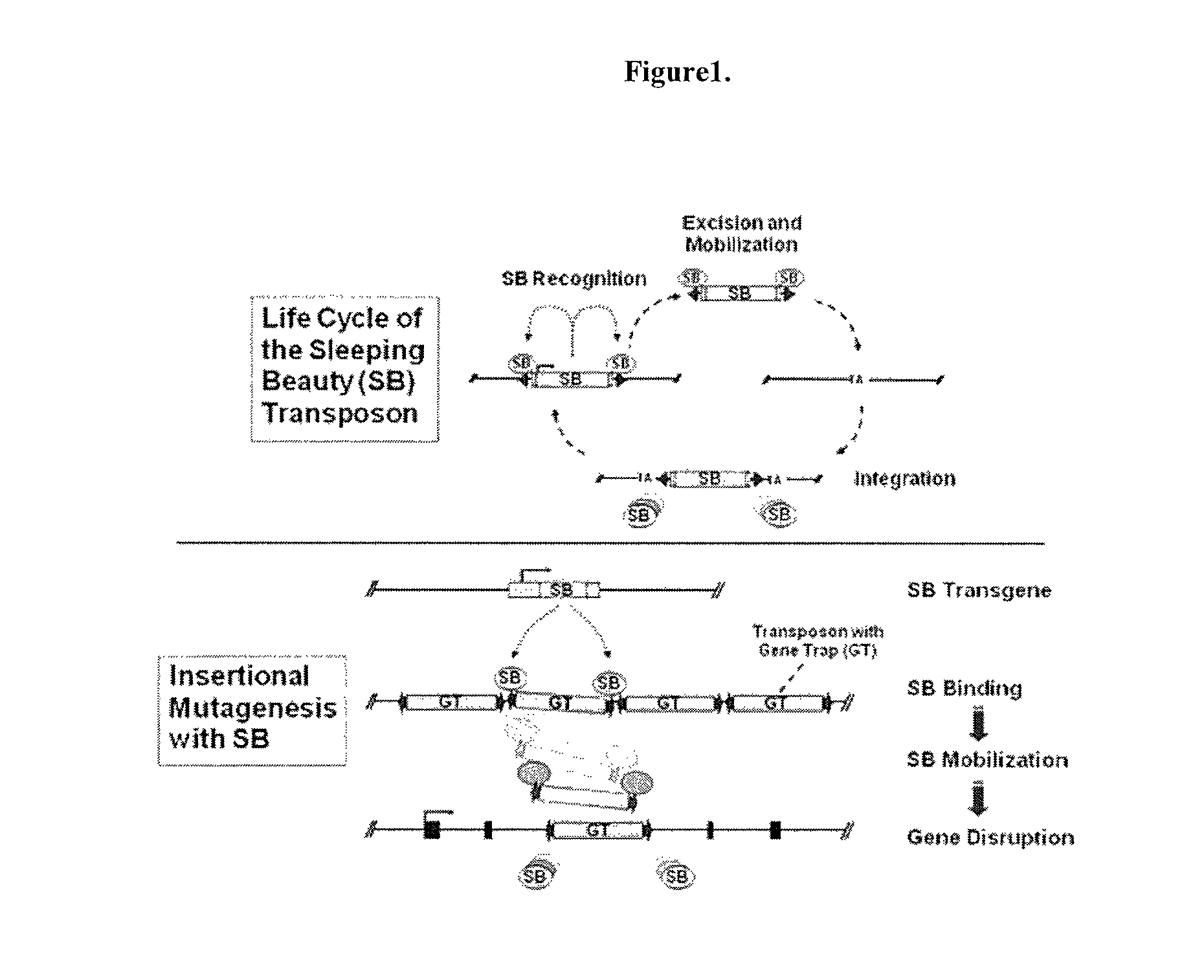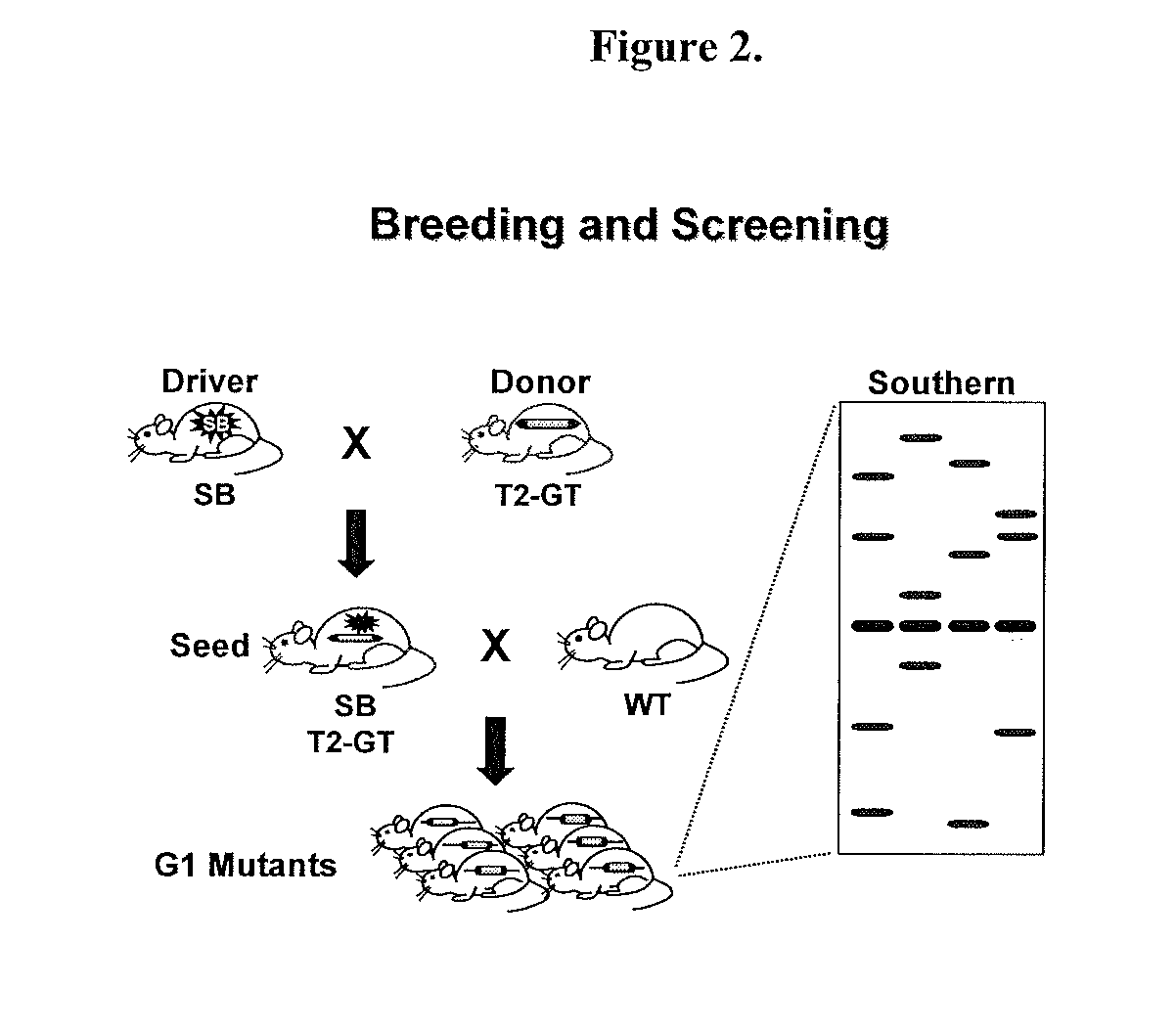Genetically Modified Rat Models for Cytokine-Cytokine Signaling Pathways
a cytokine and cytokine technology, applied in the field of cytokinecytokine signaling pathway gene-transfer pathway gene-transfer technology, can solve problems such as profound dysregulation, disease states, and changes in the level of rna
- Summary
- Abstract
- Description
- Claims
- Application Information
AI Technical Summary
Benefits of technology
Problems solved by technology
Method used
Image
Examples
examples
[0213]The rat and progenies thereof of the present invention may be any rat or progenies thereof, so long as they are a rat or progenies thereof in which genome is modified so as to have decreased or deleted activity of the cytokine-cytokine signaling pathway gene.
[0214]Gene Disruption Technique which Targets at a Gene Encoding Fas Ligand (Faslg)
[0215]The gene disruption method may be any method, so long as it can disrupt the gene of the target enzyme. Examples include a homologous recombination method, a method using retrovirus, a method using DNA transposon, and the like.
[0216](a) Preparation of the Rat and Progenies Thereof of the Present Invention by Homologous Recombination
[0217]The rat and the progenies thereof of the present invention can be produced by modifying a target gene on chromosome through a homologous recombination technique which targets at a gene encoding the cytokine-cytokine signaling pathway gene. The target gene on chromosome can be modified by using a method ...
PUM
| Property | Measurement | Unit |
|---|---|---|
| Interference | aaaaa | aaaaa |
| Gene expression profile | aaaaa | aaaaa |
Abstract
Description
Claims
Application Information
 Login to View More
Login to View More - R&D
- Intellectual Property
- Life Sciences
- Materials
- Tech Scout
- Unparalleled Data Quality
- Higher Quality Content
- 60% Fewer Hallucinations
Browse by: Latest US Patents, China's latest patents, Technical Efficacy Thesaurus, Application Domain, Technology Topic, Popular Technical Reports.
© 2025 PatSnap. All rights reserved.Legal|Privacy policy|Modern Slavery Act Transparency Statement|Sitemap|About US| Contact US: help@patsnap.com



